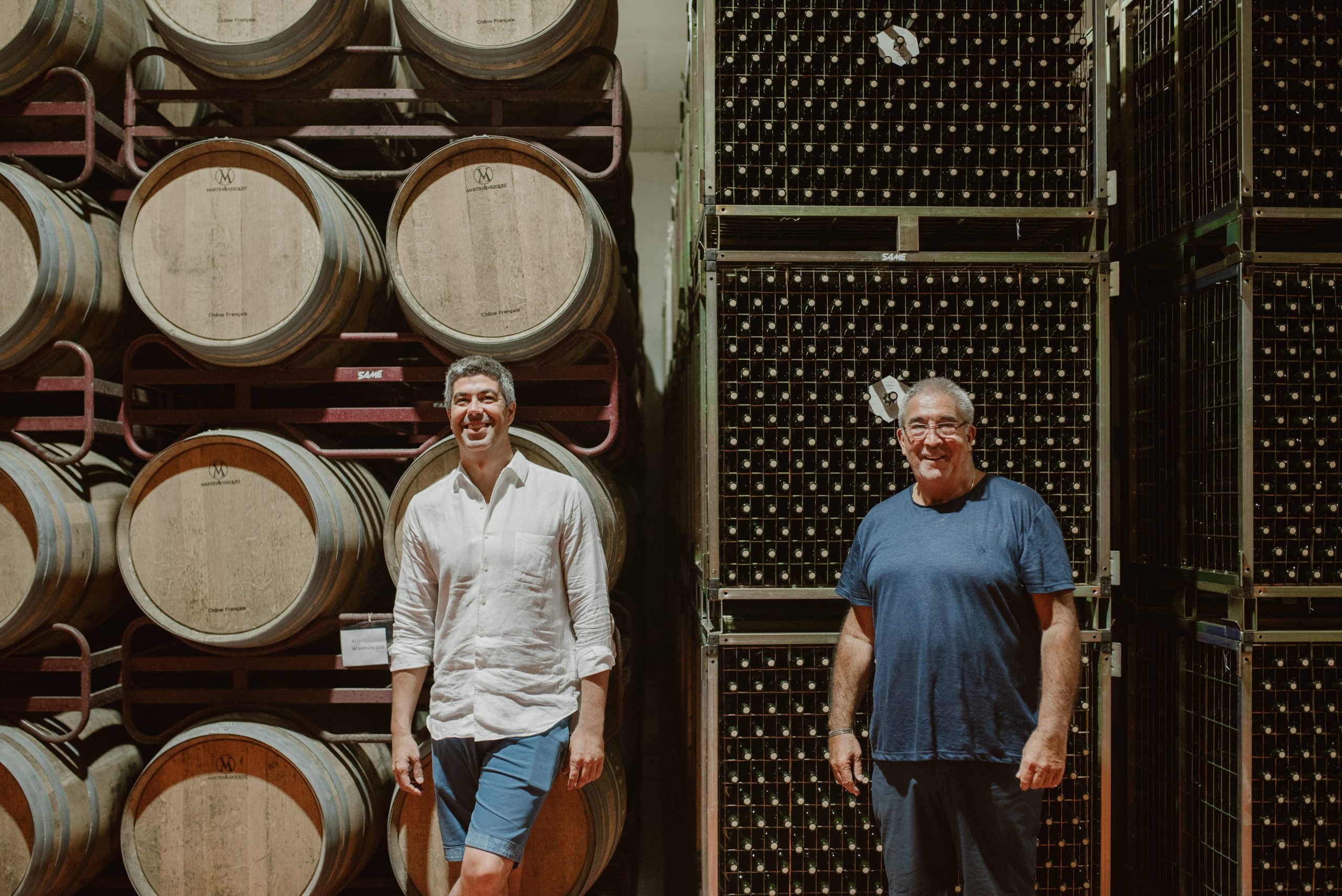Munsell: We don’t age wines enough in California
California vintners are not ageing their top wines for long enough due to a desire for instant gratification in the US, according to Gallo winemaker Chris Munsell.
Speaking to db during a recent visit to California, Munsell, the director of winemaking for Gallo Family Vineyards, said he’d like to see more California wines aged for longer before release.
“We don’t age wines for long enough in California. There is a culture of instant gratification in the US.
“When it comes to the wines in our portfolio, we have to figure out with each wine when we want it to be drunk, then we have to figure out how to sell it and market it.
“The majority of the wines in the Gallo portfolio are designed to be drunk within five years but things are changing.
“While the company has traditionally focused on wines designed to be dunk within a few years, Gallo has been busy building up its portfolio of wines designed to be laid down.
“A decade ago Gallo used to sell 85% of its wines in the off-trade, and now it sells 65% to the off-trade and 35% to the on-trade, so that dynamic is changing too.”
Over in London at a masterclass on the evolution of South African Chardonnay held at the London Wine Fair this week, DeMorgenzon winemaker, Carl van der Merwe, stressed the importance of making wines that are both approachable on release but have the capacity to improve with age.
“I want to make wines that are delicious on release but that also get more interesting with age, which is a big challenge.
“In today’s wine market producers have to be making wines that are completely drinkable on release – there’s no excuse for that not to happen,” he said.
Andries Burger, chief winemaker at Paul Cluver Wines, echoed his sentiments. “We need to make wines that are approachable now but will also age gracefully, which is one of our greatest challenges as winemakers.
“Not many estates have the space or the capital to store their wines for a long time before release,” he admitted.
Partner Content
However, Lia Poveda, global ambassador for Bouchard Finlayson, believes the consumer desire for long aged wines is dwindling.
“At Bouchard Finlayson we are adapting our wines to what the market wants and I think ageing wine is becoming less important to consumers.
“People want fresh wines that are ready for drinking on release – there’s more pressure than ever on winemakers to make ready to drink wines,” she said.
She also revealed that the estate now starts fermenting its Chardonnay in stainless steel tanks rather than barrel, moving the wine to barrel for the malolactic fermentation, in order to make a more modern style of Chardonnay where the oak is better integrated.
“We still have a lot to learn when it comes to Chardonnay in South Africa. We’re not as cool a region as we think we are. We’re not Burgundy – Chardonnays have naturally higher alcohol levels,” Poveda said.
In order to obtain optimum freshness and elegance, Burger at Paul Cluver shuns MLF altogether. For van der Merwe of DeMorgenzon, the secret to making quality Chardonnay in South Africa lies in finding spots that cool down significantly at night.
“You need cool evening temperatures to make great Chardonnay. It does something magical to white wines and gives them a precision and elegance that you don’t find in warmer years,” he said.
Back in Napa, Munsell of Gallo told db that the classic California Chardonnay style made with 100% new oak that undergoes malolactic fermentation is still popular in the US. “I love Chardonnay for its ability to hold all that winemaking influence so well,” he said.
As for Sauvignon Blanc, Munsell said that California winemakers were taking a leaf out of New Zealand’s book and moving towards a racier style of Sauvignon rather than the Fumé Blanc style with barrel influence and Semillon in the blend that used to be popular in California.
“New Zealand Sauvignon Blanc is on fire at the moment in the US as consumers move towards liking that cooler, racier style of Sauvignon. More producers in California are making high acid Sauvignons that works well as an apéritif with its crisp notes of citrus and grapefruit,” he said.





Admittedly this is an OLD statistic, but the last one I recall reading on the subject claimed that:
—> 96 percent of ALL wine purchased in the United States is consumed within 7 days of purchase.
It’s not only the wineries that aren’t aging their wines long enough…